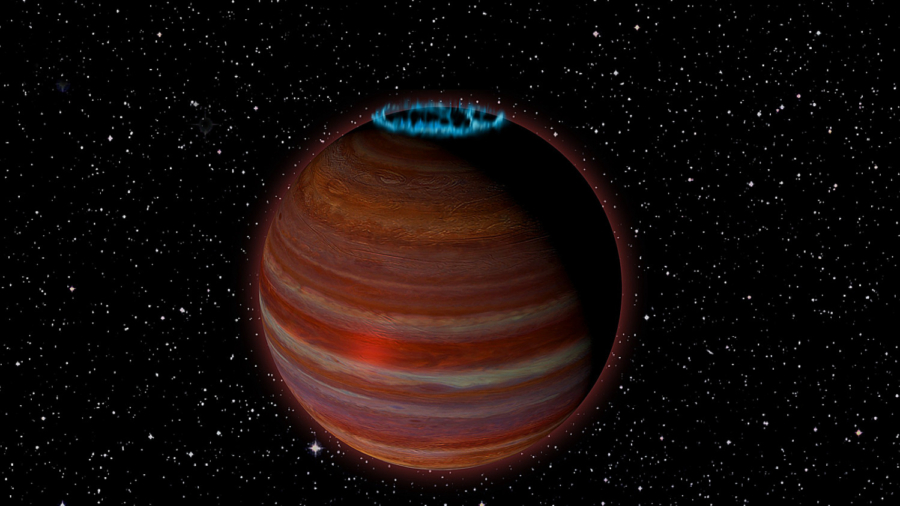Scientists using a radio-telescope array have spotted a gigantic roaming cosmic body with an abnormally strong magnetic field.
The object is one of five supposed brown dwarfs located by the Very Large Array (VLA) radio telescope in New Mexico in 2016. Brown dwarfs are failed stars—objects much larger than most planets but too small to sustain fusion reactions.
The fifth object, named SIMP J01365663+0933473, proved to be smaller than the other four dwarfs.
Its mass is estimated to be 12.7 times that of Jupiter, the largest planet in the Solar System. Hoverer, the new object generates a magnetic field 200 times a powerful as Jupiter’s.
‘This object is right at the boundary between a planet and a brown dwarf, or ‘failed star,’ and is giving us some surprises that can potentially help us understand magnetic processes on both stars and planets,” said Dr. Melodie Kao, who led the study while a grad student at Caltech, on National Radio Astronomy Observatory website.

The new object is wandering freely through the galaxy, untethered by an orbit to any star. The object is currently about 20 light-years from Earth and is also believed to have a moon.
The unusually strong magnetic field “presents huge challenges to our understanding of the dynamo mechanism that produces the magnetic fields in brown dwarfs and exoplanets and helps drive the auroras we see,” said Caltech’s Gregg Hallinan.
“Detecting SIMP J01365663+0933473 with the VLA through its auroral radio emission also means that we may have a new way of detecting exoplanets, including the elusive rogue ones not orbiting a parent star,” Hallinan added.
On the team with Kao and Hallinan were J. Sebastian Pineda, now at the University of Colorado Boulder, David Stevenson of Caltech, and Adam Burgasser of the University of California San Diego. They have published their research in The Astrophysical Journal.

